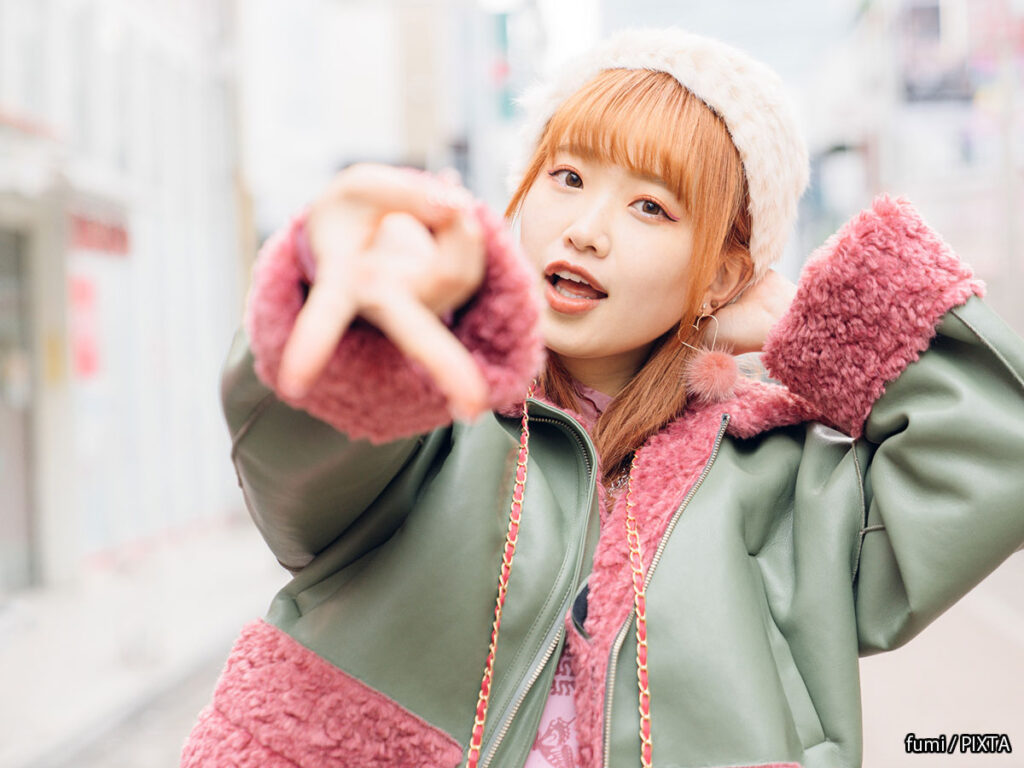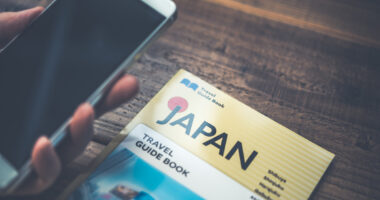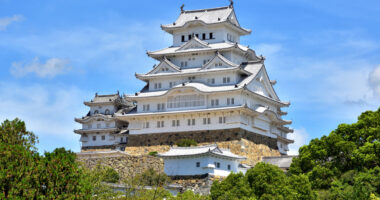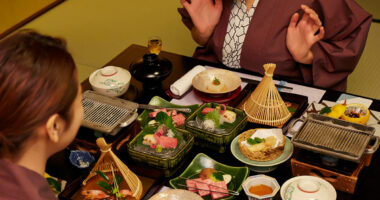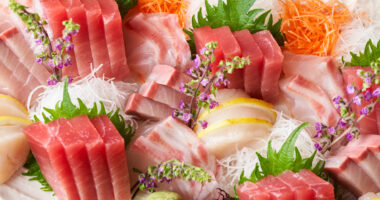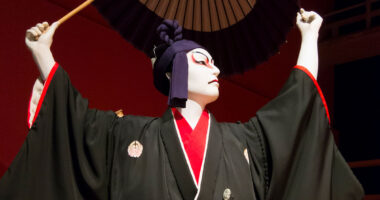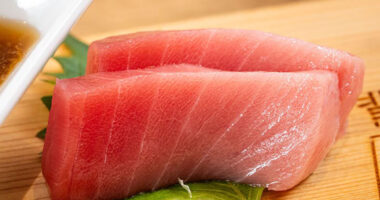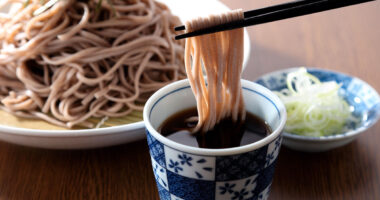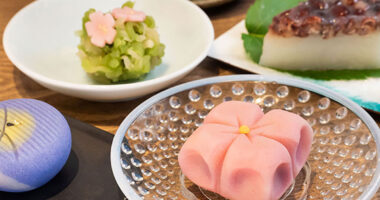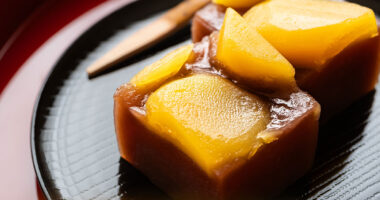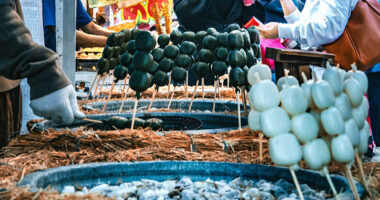Japan’s unique aesthetic of kawaii (cute) culture has become a global symbol of Japanese pop culture. Beyond mere appearance, the “kawaii style” expresses inner kindness and approachability, encompassing fashion, makeup, and behavior. For visitors, understanding this aesthetic offers a rich opportunity to experience Japanese culture deeply.
To learn more about the core meaning of kawaii and its place in Japanese culture, see our article, “What is kawaii? Cultural background and usage tips.”
Kawaii culture’s history and evolution
The word kawaii traces its origins to the medieval term kawayushi (pity or shame). Initially conveying sympathy or embarrassment, it gradually shifted to express endearment or charm, evolving into today’s “adorable” meaning.
Postwar to modern kawaii style
Postwar Japan, influenced by American culture, developed its unique kawaii culture. The 1970s saw the rise of shōjo culture, laying the foundation for modern kawaii style. From this period, a holistic pursuit of cuteness emerged, encompassing not just appearance but also behavior and speech.
Harajuku culture and global influence
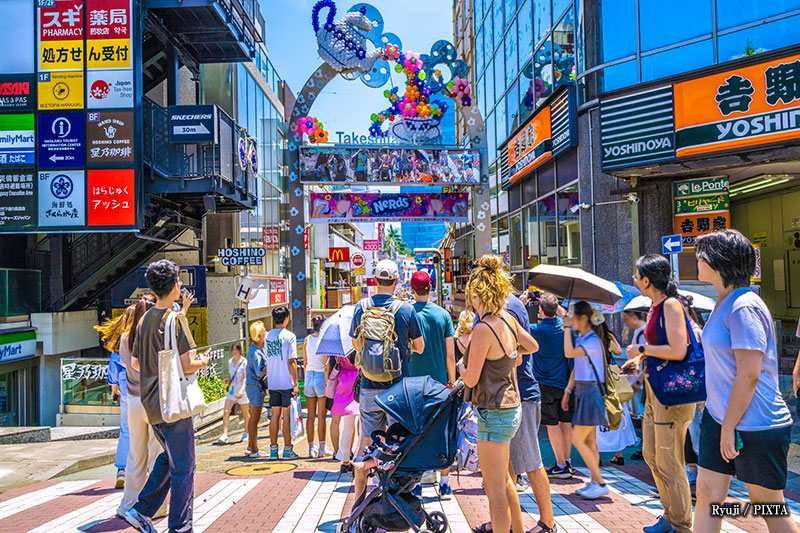
Photo for illustrative purposes
From the 1980s to 1990s, Harajuku birthed a distinctive fashion culture, cementing kawaii as a unique Japanese aesthetic. Now globally recognized as “Kawaii,” it’s a major cultural draw, attracting many visitors to Japan.
Kawaii style’s visual characteristics
Modern kawaii style balances makeup, hairstyles, and fashion. Enthusiasts skillfully combine these elements to create adorable looks.
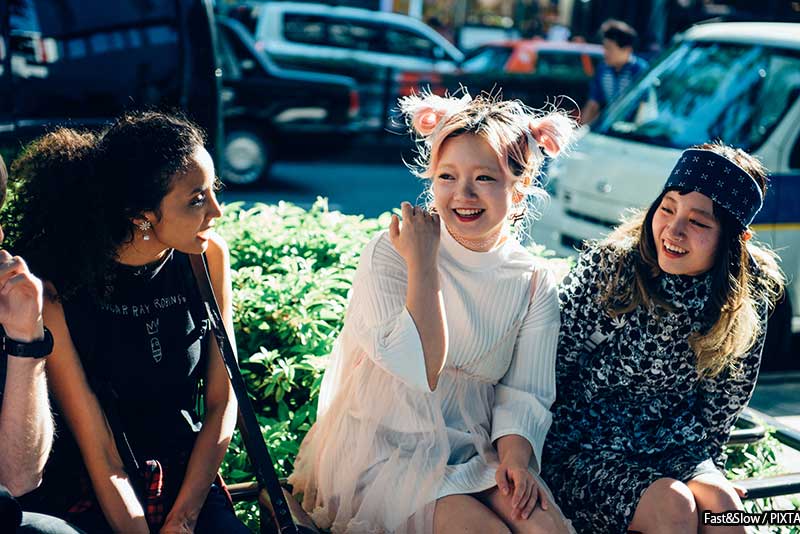
Harajuku fashion (photo for illustrative purposes)
Key elements of kawaii style include the following.
Natural makeup techniques
Natural makeup, emphasizing effortless beauty, is central to kawaii style. Eyeliner and mascara enhance large eyes while maintaining a subtle finish. Translucent skin is a cornerstone, projecting a healthy, clean impression.
Cheek placement is distinctive, with soft blush applied high on the cheeks for a youthful, rosy glow. Pink or coral shades, blending naturally with skin tones, are favored.
Soft, wavy hair appeal
Kawaii hairstyles feature soft, voluminous textures. Light, eye-grazing bangs create a gentle look, while loose waves or curls add feminine softness.
Hair accessories like ribbons, pins, or headbands add flair, transforming simple styles into charming ones. These are effective tools for instant cuteness.
Kawaii fashion style
Kawaii fashion embraces pastel colors, frills, and lace for a soft, feminine aesthetic. Pink, beige, white, and light blue outfits create a gentle, approachable vibe.
Loose silhouettes, like A-line skirts, dresses, or oversized knits, balance femininity and comfort. These girly staples are beloved by many Japanese women.
Behavior and inner charm
Kawaii style extends beyond appearance to include behavior, speech, and inner qualities. Harmonizing these creates true cuteness, valuing personality as much as looks.
Voice and speech nuances
A high, gentle voice and polite, approachable speech define kawaii style. Speaking at a clear, steady pace ensures ease of understanding.
Using polite language or considerate word choices reflects inner beauty and refinement. Japanese honorifics, like keigo, enhance a cultured, feminine impression.
Inner cuteness
Inner qualities shape kawaii’s essence. Thoughtfulness, expressing gratitude, and positivity in daily interactions foster a gentle, likable persona.
Active listening and humility, while staying true to oneself, cultivate natural charm. These small acts create a lasting impression of inner kawaii.
Modern kawaii style trends
Japan’s kawaii style evolves with time, driven by social media, embracing diverse, individualized expressions of cuteness beyond uniform aesthetics.
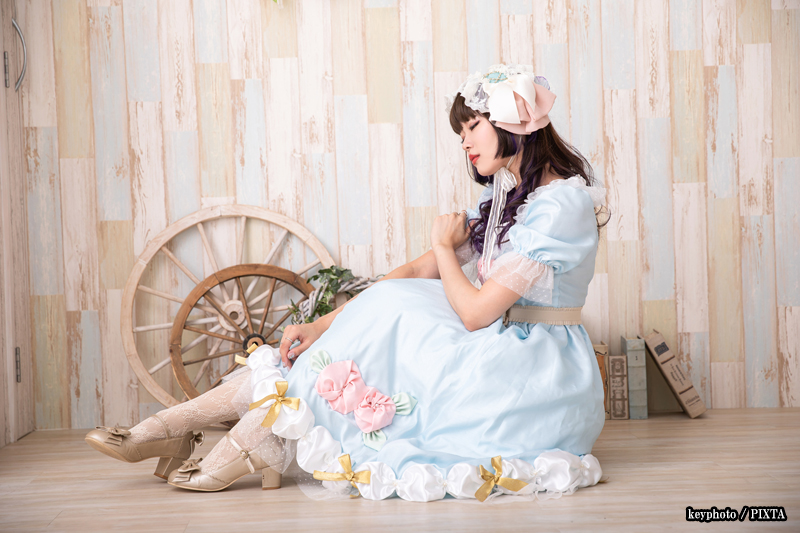
Photo for illustrative purposes
Trendy women’s items
Recent trends highlight makeup enhancing youthful features and fashion for petite frames. Oversized outerwear or loose bottoms balance cuteness with body-flattering comfort.
Clean, refined styles are prioritized, with simple yet elegant item choices. Subtle touches of cuteness define modern kawaii fashion.
Casual kawaii clothing
Casual kawaii outfits, popular among Japanese women, pair basics like denim or T-shirts with feminine accessories for an approachable, adorable look.
Balancing bold and understated elements, adaptable to various settings, is key to modern kawaii styling.
Modern appeal in fashion
Contemporary kawaii fashion appeals to both men and women, favoring refined over overly sweet designs. Holistic charm, blending fashion, behavior, and knowledge, is increasingly valued. Inner and outer beauty together define ideal modern cuteness.
Experiencing kawaii culture in Japan
For visitors, engaging with kawaii culture is a unique opportunity. In hubs like Tokyo’s Harajuku, Shibuya, or Osaka’s Amerikamura, kawaii permeates fashion, food, and entertainment.
Kawaii style in tourist spots
Japan’s tourist destinations showcase regional kawaii expressions. Kyoto blends kawaii with traditional kimono, while Okinawa features vibrant, tropical-inspired cute fashion.
Seasonal events and festivals highlight unique kawaii styles, reflecting Japan’s seasonal aesthetic. Cherry blossom-inspired pink outfits or summer yukata showcase this cultural depth.
Immersive cultural activities
Experiential activities deepen kawaii culture understanding. Kimono-dressing sessions blend traditional beauty with modern cuteness, revealing Japan’s aesthetic nuances.
Makeup or hair-styling workshops teach kawaii techniques, offering insights into Japanese beauty values and enhancing cultural appreciation.
Conclusion
Japan’s kawaii style, transcending mere appearance, embodies holistic charm. From historical roots to modern trends, its essence of kindness and approachability endures.
Fashion, makeup, hairstyles, behavior, and speech harmonize to create true cuteness. For visitors, experiencing this aesthetic deepens cultural understanding.
Modern kawaii embraces individuality while retaining thoughtfulness, reflecting Japan’s warm society. Engaging with this culture during your trip unveils its heartfelt allure.
